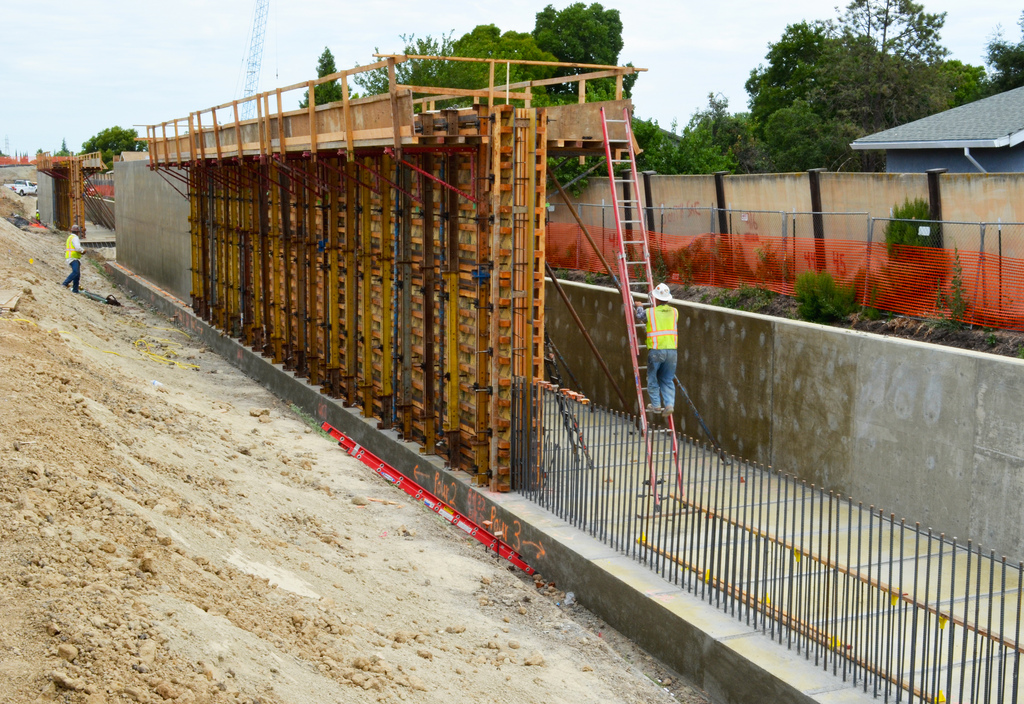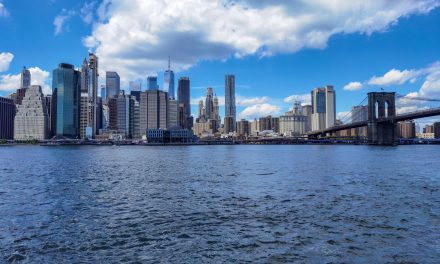The September issue of Water Environment Research (WER), the peer-reviewed research journal of the Water Environment Federation, focuses on stormwater. The issue highlights the importance of continued research in basic and applied science and engineering to reduce the effects of stormwater while maximizing the environmental, social, and economic benefits of stormwater management.
An open-access paper in the September issue focuses on 13 technical questions related to green infrastructure. A multidisciplinary and multi-institutional research team from the Great Plains region wrote the article. According to the authors, answering the questions will help achieve the ultimate goal of low impact development, which is “full, cost-effective implementation to maximize watershed-scale ecosystem services and enhance resilience.”
The 13 questions reflect technical research progress toward understanding and validating the performance of green infrastructure in the Great Plains across increasing complexities in three areas:
- scale (from parcel to watershed),
- function (from water quality to full ecosystem services), and
- time (to include full life cycle considerations).
In the issue, other authors look closely at various processes associated with stormwater controls. For instance, Illinois Institute of Technology researchers studied the effectiveness of filtration media mixtures for targeted pollutant removal. They found that a mixed media composition of calcite, sand, zeolite, and iron filings effectively and simultaneously removes multiple target pollutants.
At the University of Maryland, researchers assessed the water quality performance of a failed stormwater infiltration basin that transitioned to a wet pond. Over a 3-year period during 38 storm events, researchers sampled for various pollutants in highway runoff and compared them with discharge from the transitioned basin. They found that the basin provided reductions in total suspended solids, metals, and chloride through volume reduction, sedimentation, adsorption, and dilution. Wetland vegetation further enhanced the pollutant removal process.
Additional articles within the September issue of WER assess the quality of runoff. One describes how 14 different roofing materials affect the amount of toxic metals in roof runoff. A second characterizes runoff from a light-rail system. A third looks at the quality of runoff discharges and their potential effect on California’s Areas of Special Biological Significance, which encompass more than 800 coastal shoreline kilometers of marine protected area.





